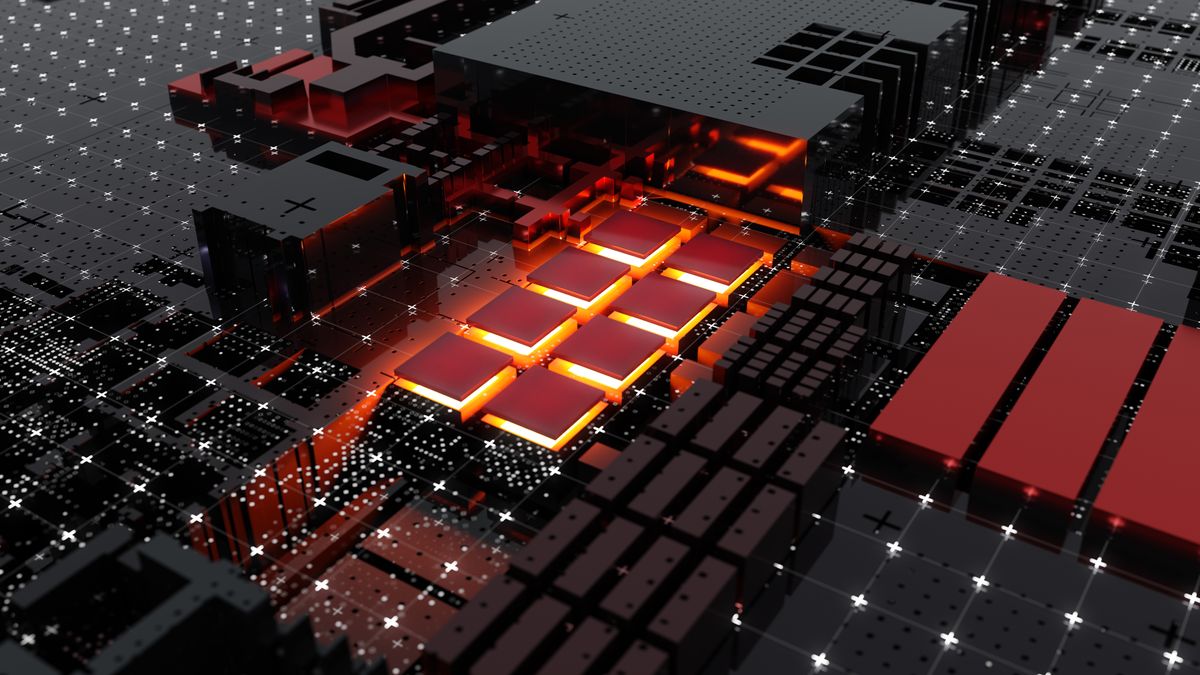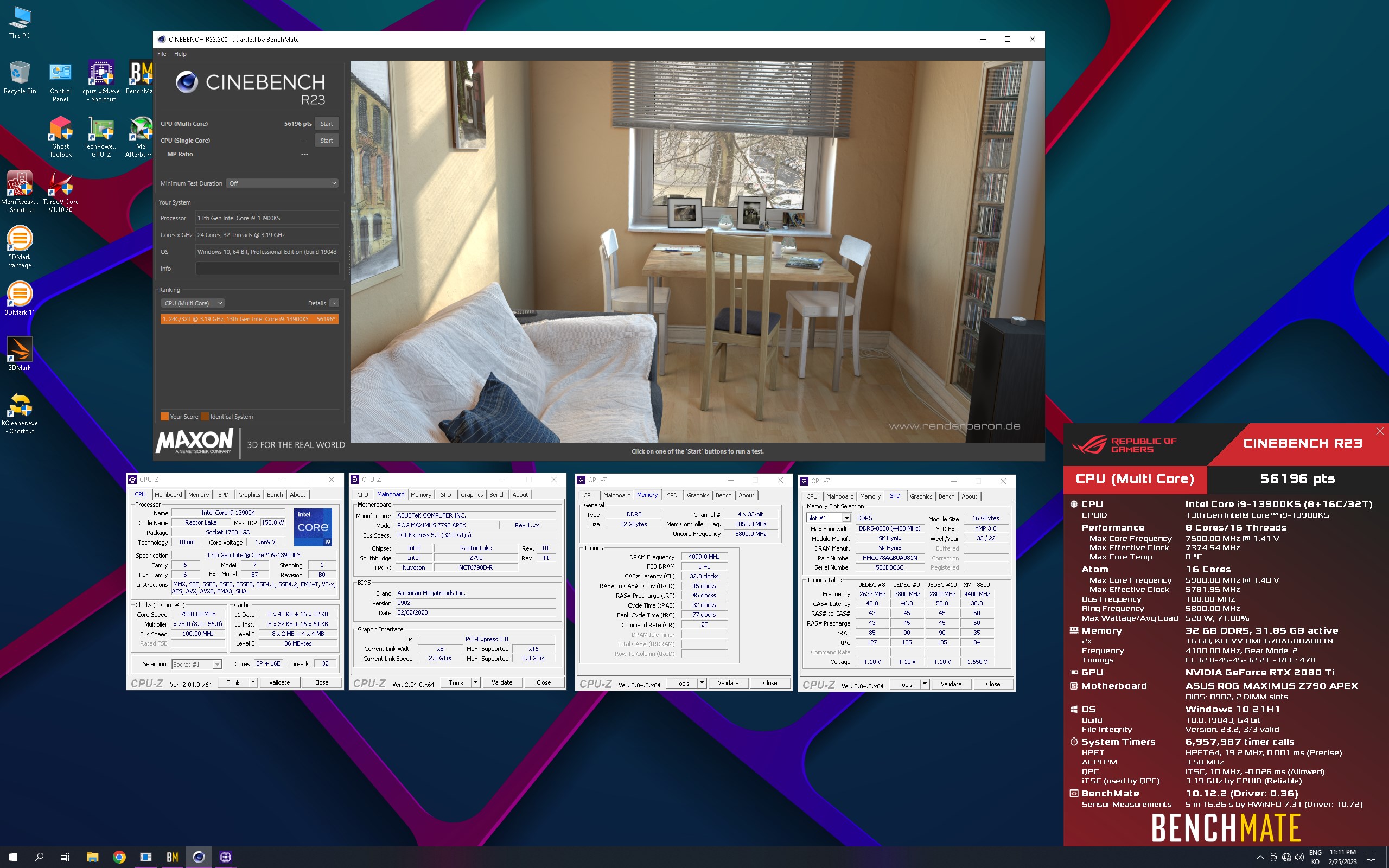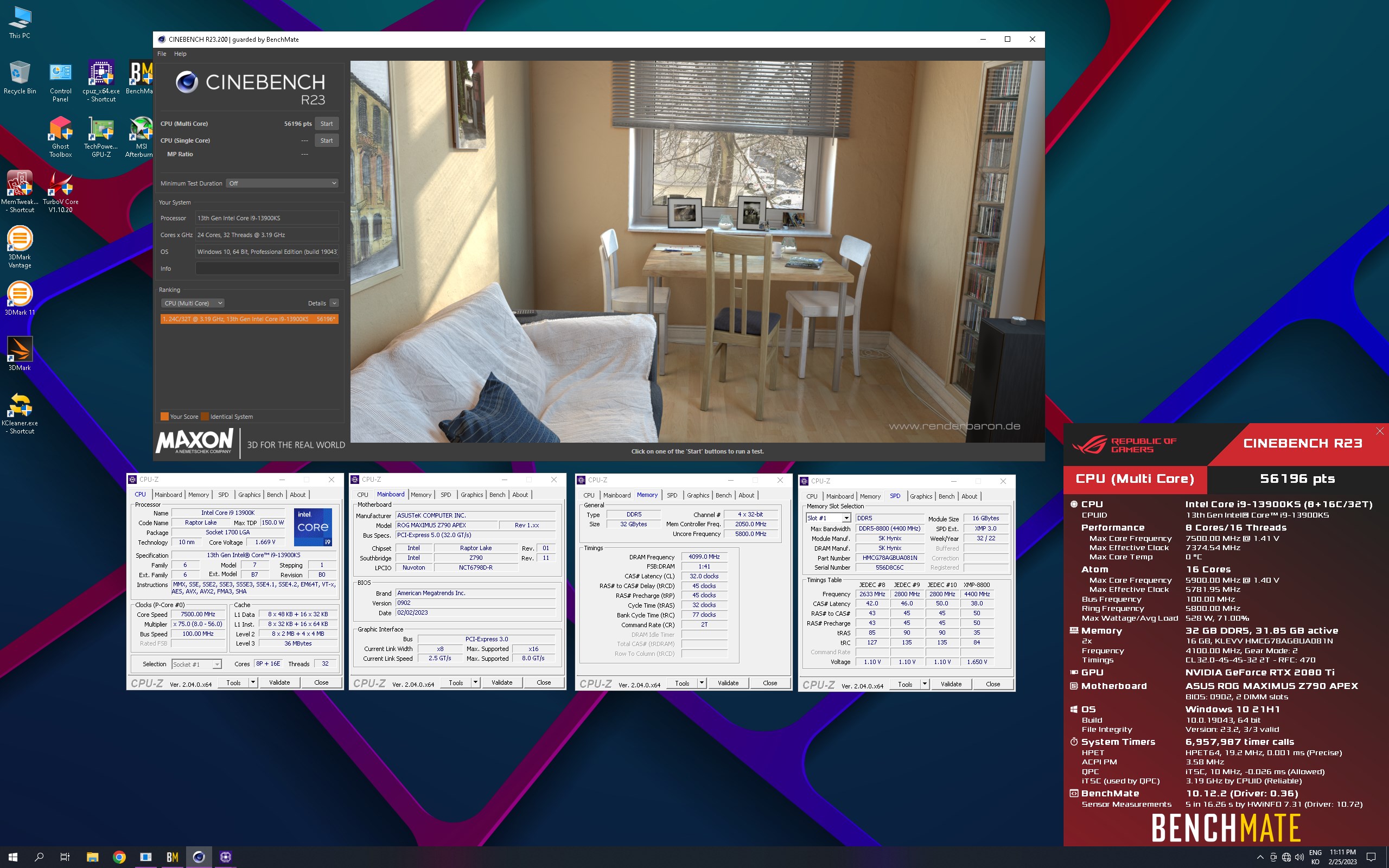Research giant imec showed various 3d-printed liquid cooling prototypes for processors, thus allowing the chips to break the cooling barriers associated with higher power consumption.
3D-Printed Bare-Die Liquid Coolers Smash Chip Power Barriers, up to 3.5X Improvement : Read more
3D-Printed Bare-Die Liquid Coolers Smash Chip Power Barriers, up to 3.5X Improvement : Read more






